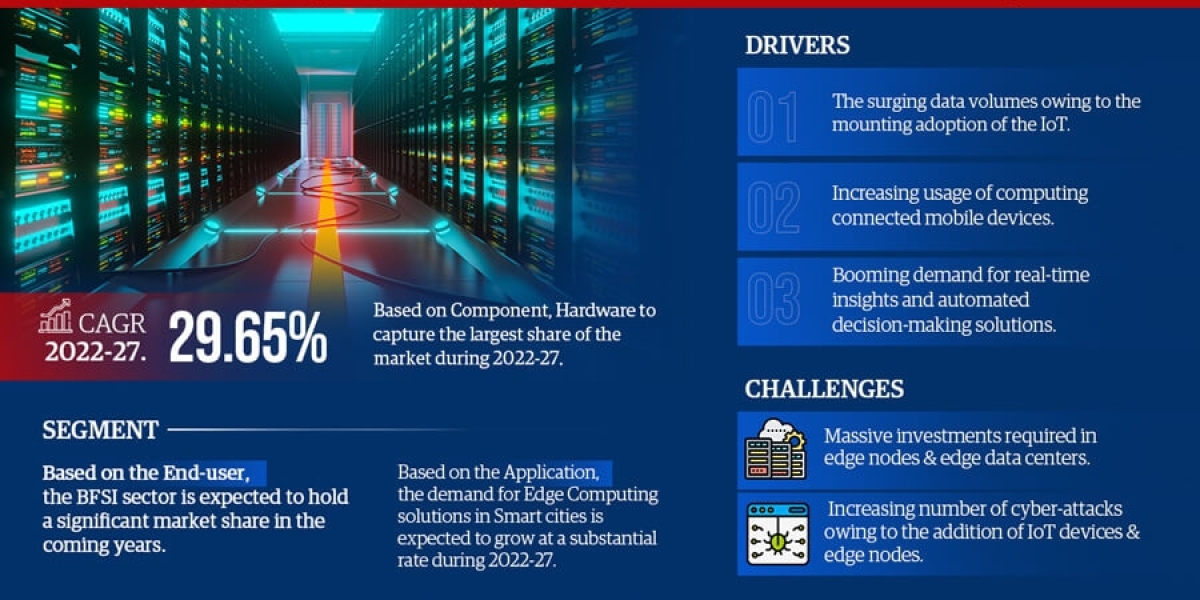In today's fast-paced world, convenience is key, and on-demand fuel delivery apps are becoming increasingly popular. These apps allow users to have fuel delivered directly to their location, eliminating the need for trips to the gas station. If you're considering developing an on-demand fuel delivery app, understanding the associated costs is crucial. In this article, we will explore the factors that influence the cost of developing such an app and provide an estimated budget range.
Key Features of an On-Demand Fuel Delivery App
To understand the cost, we first need to look at the essential features that an on-demand fuel delivery app should have:
- User Registration and Profile Management: Users should be able to create accounts and manage their profiles.
- Geolocation and Mapping: Real-time tracking and mapping features are crucial for locating users and delivery vehicles.
- Fuel Selection and Pricing: Users should be able to select the type of fuel they need and view pricing information.
- Order Placement and Scheduling: Users should be able to place orders and schedule deliveries at their convenience.
- Payment Gateway Integration: Secure and multiple payment options should be available for users.
- Push Notifications: To keep users informed about their order status, promotions, and other updates.
- Order History: Users should have access to their past orders and transactions.
- Ratings and Reviews: Allowing users to provide feedback on the service.
- Admin Panel: For managing orders, deliveries, payments, and user accounts.
- Driver App: A separate app for drivers to manage deliveries, view orders, and navigate to user locations.
Factors Influencing the Development Cost
The cost of on-demand fuel delivery app development depends on various factors:
- Platform: Developing an app for a single platform (iOS or Android) is cheaper than creating a cross-platform app. However, targeting both platforms can help you reach a broader audience.
- Design Complexity: A simple design with basic features will cost less than a complex design with advanced features and customizations.
- Features and Functionality: The more features you include, the higher the development cost. Advanced features such as real-time tracking, in-app chat, and AI-driven recommendations will add to the cost.
- Development Team: Hiring a skilled development team, whether in-house or outsourced, will significantly impact the cost. The location of the development team also plays a role; developers in North America and Europe typically charge more than those in Asia.
- Technology Stack: The choice of technologies and frameworks used in the app development will influence the cost. Popular technologies for building on-demand apps include React Native, Flutter, Node.js, and MongoDB.
- Backend Infrastructure: Developing a robust backend to handle user data, orders, and transactions securely is essential. The complexity of the backend infrastructure will affect the overall cost.
- Third-Party Integrations: Integrating third-party services like payment gateways, mapping APIs, and notification services will add to the development cost.
- Maintenance and Support: Post-launch maintenance and support are necessary to ensure the app runs smoothly and stays updated with the latest features and security patches.
Cost Breakdown
Here's a breakdown of the estimated cost for developing an on-demand fuel delivery app:
- UI/UX Design: $5,000 - $15,000
- Frontend Development: $20,000 - $40,000
- Backend Development: $15,000 - $30,000
- API Integration: $5,000 - $10,000
- Testing and Quality Assurance: $5,000 - $10,000
- Project Management: $5,000 - $10,000
- Maintenance and Support: $2,000 - $5,000 per month
Based on these estimates, the total cost for developing a basic on-demand fuel delivery app can range from $50,000 to $120,000. For a more complex app with advanced features, the cost can go up to $200,000 or more.
Reducing Development Costs
To optimize costs without compromising on quality, consider the following strategies:
- MVP Approach: Start with a Minimum Viable Product (MVP) that includes only the core features. This allows you to test the market and gather user feedback before investing in additional features.
- Cross-Platform Development: Using frameworks like Flutter or React Native can save time and money by allowing you to develop a single codebase for both iOS and Android platforms.
- Outsource Development: Hiring an experienced development team from regions with lower labor costs can significantly reduce expenses.
- Use Existing Solutions: Leverage existing APIs and services for features like payment processing, mapping, and notifications instead of building them from scratch.
- Iterative Development: Break the development process into smaller phases and prioritize features based on user needs and feedback.
Conclusion
Developing an on-demand fuel delivery app is a significant investment, but with careful planning and execution, it can offer substantial returns. By understanding the factors that influence the cost and adopting cost-saving strategies, you can create a high-quality app that meets user needs and stands out in the market. Whether you choose to develop an MVP or a feature-rich app, partnering with a reliable development team is crucial to turning your vision into reality.









